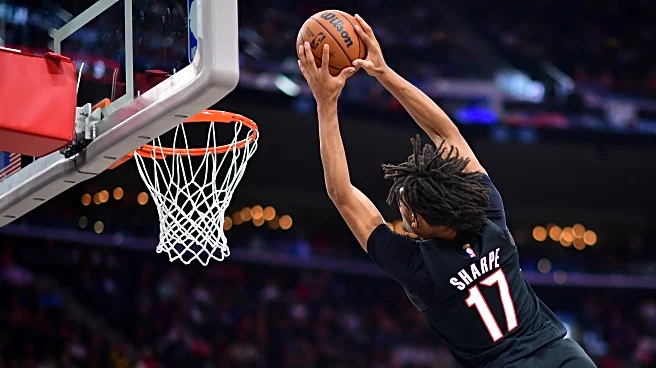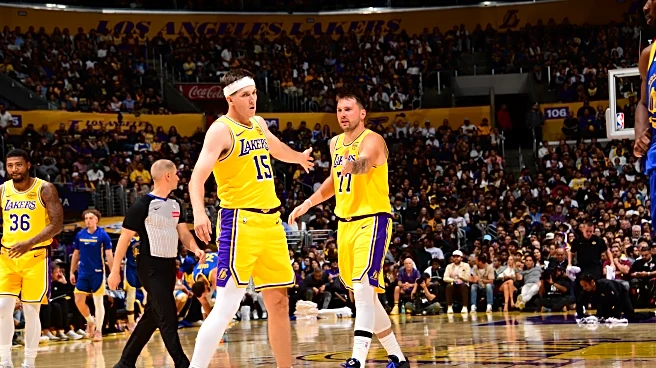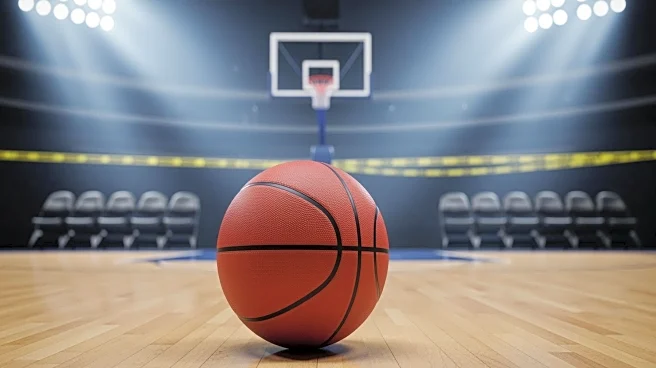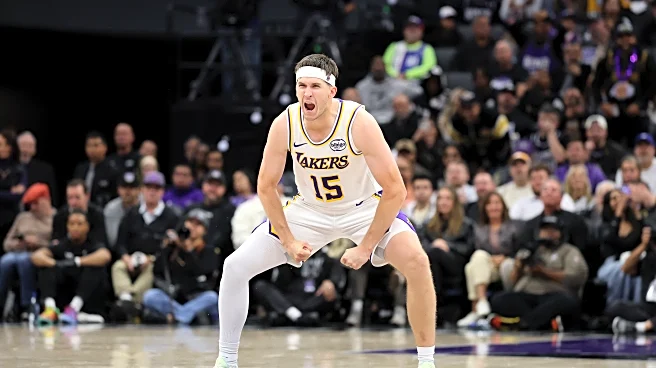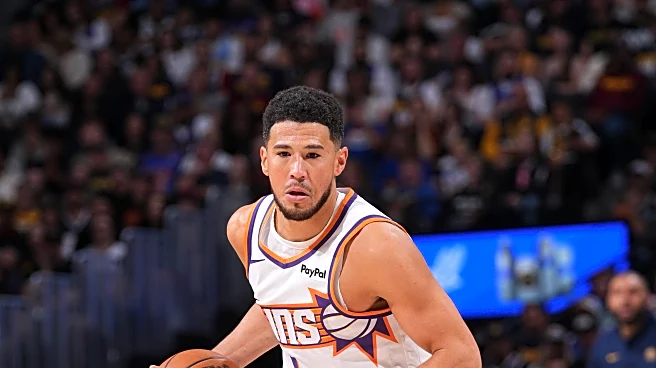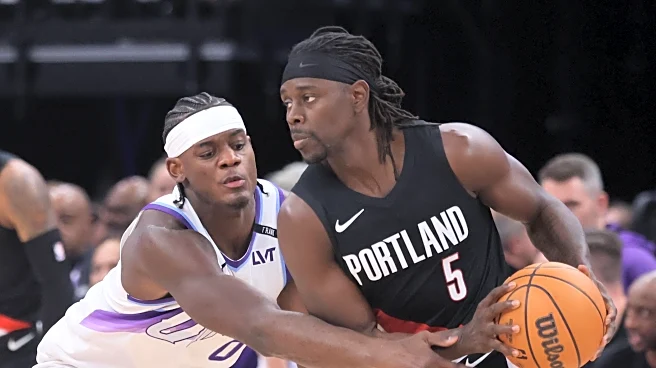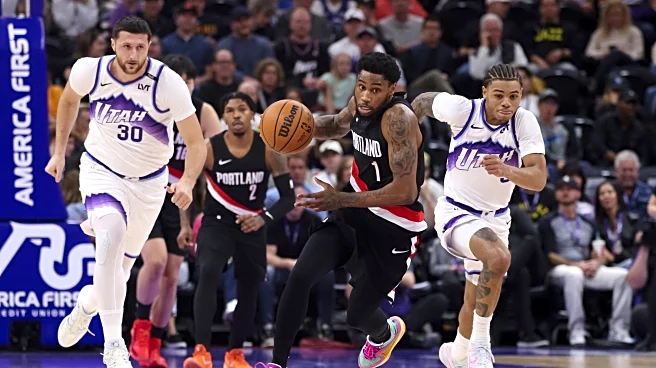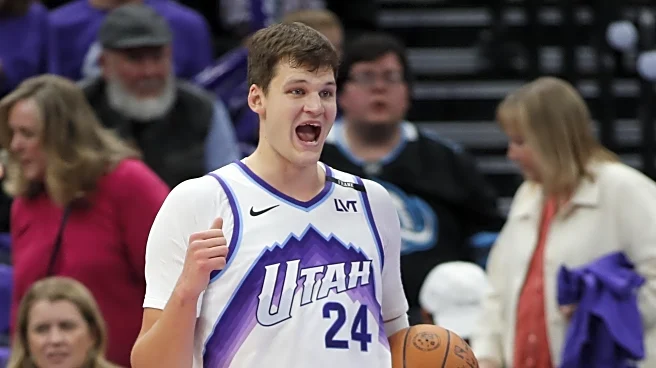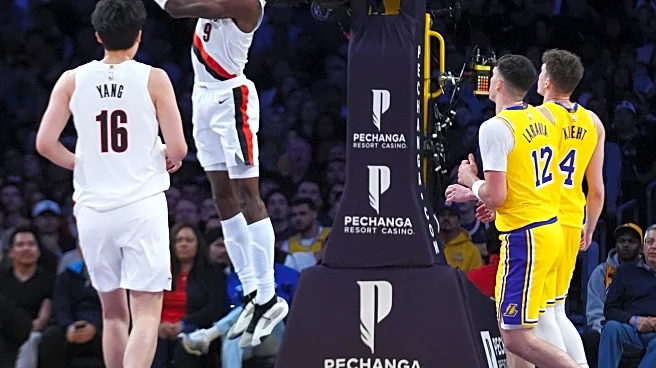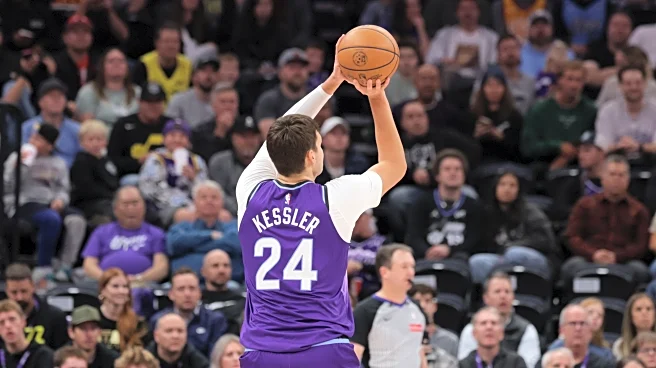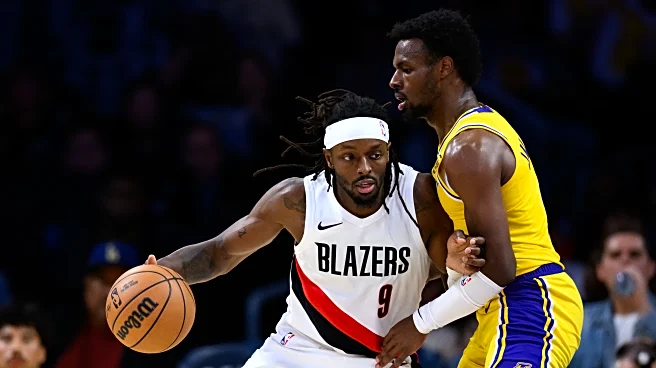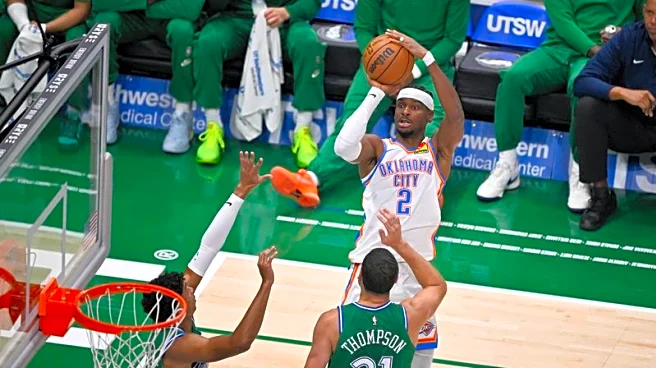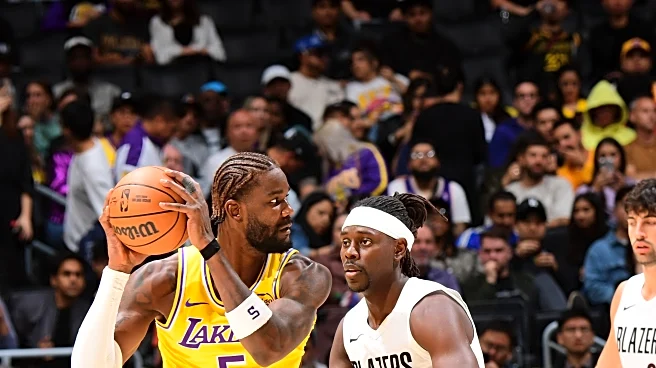The Portland Trail Blazers entered their new season with high hopes for shooting guard Shaedon Sharpe. The fifth-year phenom looked good in preseason play, but his performance over the first five games of the regular season has been measured, at best. He’s averaging 17.0 points per game, fourth on his own squad. His field goal percentage is poor, his three-point percentage unmentionable. He’s taking shots quickly and missing them frequently.
How much of a problem is Sharpe’s offense? That’s the subject
of today’s Blazer’s Edge Mailbag.
Dave,
Simple, is Shae potentially just a [shorthand synonym for an indiscriminate shot-taker]?
Zach
Short and sweet question! Just the way we like ‘em.
Here’s the answer: Well, yes! But that’s kinda what he’s supposed to be.
To understand Shaedon Sharpe’s play at the current point in time, you have to understand the Blazers’ strategy as a whole. His percentages are an eyesore, but the process is exactly in line with expectations.
Portland shoots 44.9% from the field as a team, 23rd in the NBA. They’re 17th in three-point percentage at 34.9%. The first number is bordering on lousy, the second nothing to brag about.
At the same time Portland ranks 7th in the NBA in points per game at 123.6 and holds an average margin of +5.0 ppg over opponents. That’s after just 5 games, of course. Those numbers can be deeply skewed by one or two outings. (We’re looking at you, Golden State.) But if even half of that margin held, it would obliterate the Blazers’ -3.0 ppg deficit from last year, let alone the -9.0 margin they registered the season before that.
How are the Blazers generating offensive superiority from mediocre or lower shooting percentages?
“Great Defense!” comes the cry from the assembled masses.
In this case, the assembled masses are wrong. Portland allows opponents to shoot 48.6% from the floor, 37.9% from the arc, 22nd and 21st in the league, respectively.
Portland’s offensive advantage stems from one factor. They’re attempting 94.8 shots per game, third in the league. Their opponents are attempting only 83.2, the second-lowest average in the NBA. Combined, the Blazers get nearly 12 more field goal attempts per game than their opponents.
Even though they shoot low-ish percentages, even though they allow the opponent fairly high percentages, those dozen extra shots each game have turned the Blazers into a scoring power and a positive-margin-of-victory team.
We’ll throw in a couple qualifiers here. Defense makes some difference. The Blazers lead the league in turnovers forced. Each one of those takes away a potential opponent shot attempt. Run-outs also lead to easy buckets. Portland ranks 5th in fast break points scored per game. That sure helps. But fast breaks only account for 21 of Portland’s 123 points.
Most of the other 100 points come from a simple mantra: If you’ve got the lane, take it. If you’re open, shoot it.
That applies to every player on the team, no matter their position, no matter their place on the court, no matter the shot clock situation. In fact, if you’re even looking at the shot clock, something has gone wrong with Portland’s offense. They want to take the first good shot possible, every time.
Part of this is strategic. The coaches know they don’t have an offensive superstar in the halfcourt, a guy who can win his matchup every time down the floor. They also know they don’t have great three-point shooters. If they get in a “Redcoats vs. Classic Army” battle where both sides line up in orderly fashion and take turns volleying shots, they’re going to lose. So they go American Revolutionary. They’re shooting from behind trees, popping out of shrubbery, taking any opportunity available to gain an advantage. They’re nearly agnostic about the shot type and/or shot-taker as long as it’s open and comes quick.
How do you generate 12 extra shots per night? Stop being so damn choosy. This isn’t grandma shopping for the perfect casserole recipe. This is Guy’s Grocery Dash. “Go! Go! Go! Get something in your cart and figure out how to use it later!”
It’s not a bad approach. What have we seen so far this season? When the shots aren’t falling, the game stays relatively close. When they do fall, watch out! It’s a tidal wave of points. Last year the Blazers would lose by default, hoping that hot shooting could carry them to a win. This year they dogfight by default, knowing that a hot night is going to give them a blowout victory. So far the scheme has been justified.
If we’re going to critique, we have to ask about alternatives. If Shaedon is open, what do you want him to do?
Two of Sharpe’s teammates can’t create offense for themselves: Toumani Camara and Donovan Clingan. He’d pass the ball to either if they were open, but if he, himself is free, that means Clingan and Camara aren’t. Otherwise, what is the defense even doing?
Sharpe also has two teammates who are capable of initiating offense in Jrue Holiday and Deni Avdija. Both of them get plenty of touches and possessions. Even though he takes more shots than anyone on the team, Shaedon feels more like a third option than a true #1 in this offense…mostly because of what we just said about any player, anytime regarding any open attempt as good. Sharpe takes about 18 shots per game; Avdija and Holiday combine for 31. That’s plenty for second and third options, particularly ones who control the ball.
If Shaedon passed back to Deni or Jrue when he was open, it wouldn’t necessarily result in a better shot. First off, they’re covered when he’s not, just like Camara and Clingan. After the catch, Avdija and Holiday are going to have to manufacture a look in that situation just like Sharpe would have. That’s not necessarily a better option. You’re just taking a halfcourt attempt off of his ledger and putting it on theirs. Third, and most importantly, it’s going to take more time, the one thing the Blazers do not want to do because it spoils the advantage we just talked about. And if those passes ever resulted in a turnover…gasp! Giving up an open look for a turnover is anathema to the Blazers. You’ve just taken one shot off of your attempt ledger and you’ve probably placed another on the opponent’s. In one play, less than 3 seconds of real time, your 12-shot advantage dropped to 10. Do it twice and the game is in peril. Do it three times and you’re losing.
That’s why, given the current makeup of the team and the players who reside in it, the general response to Shaedon Sharpe taking any open shot (“open” defined as “any shot where he gets reasonable separation from a defender”) should be a thumbs up whether or not the shot actually falls. He’s doing what he’s supposed to and helping the team even if his accuracy isn’t pristine. Hesitating, stalling the offense, giving up the opportunity to score, and/or turning it over would all be worse than that miss.
Two more things:
- This is also true for other members of the roster, which is why you see Portland’s big centers shooting open threes and Kris Murray trying to convert quick offense. Yay to them too.
- If the Blazers want to help Shaedon, one of the steps might be getting more off-ball movement. He doesn’t like to drive all the way to the cup. That leaves open territory to work in. Screens deeper down on the floor and/or alert backdoor cuts would offer him options besides just shooting. They wouldn’t take that much extra time either. He’s shown himself willing to pass when the opportunity is there. It’s just not there as much in this offense.
The jury is still out on whether the Blazers can actually win/succeed with this approach. I’m guessing long-term, the answer will be no. But evolving out of this style will require players with different skill sets and/or more demonstrated offensive talent. That could happen down the line through team growth or player acquisition. It hasn’t happened yet. Until then, part of the fun of this new-look squad is the frantic flurry of their action on the court. If the price you pay for that style is watching guards clank perimeter shots off of the rim, that’s just life in the big leagues for the 2025-26 Trail Blazers.
